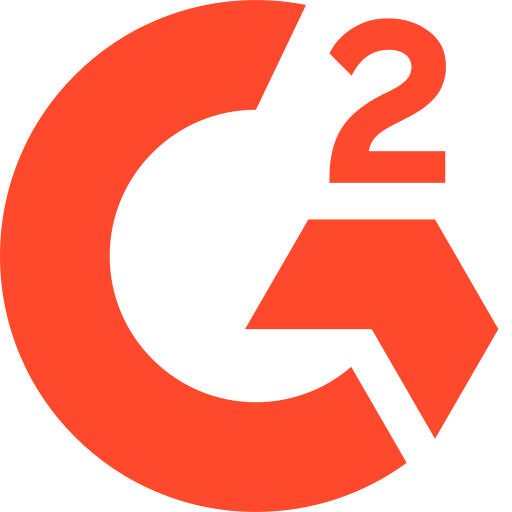How to use ClickPatrol if you’re already using TripleWhale
Table of Contents
How to use ClickPatrol if you’re already using TripleWhale
If you’re using TripleWhale to track performance and want to integrate ClickPatrol, a few adjustments are needed to avoid conflicts in your tracking setup.
Step 1: Understand how TripleWhale works
TripleWhale uses the tracking template field in Google Ads to apply UTM parameters. A typical TripleWhale tracking template looks like this:
{lpurl}?tw_source=google&tw_adid={creative}&tw_campaign={campaignid}
This is often applied at the account level, but in some cases it may be set at the campaign, ad group, or even ad level.
Step 2: Check where the TripleWhale tracking is applied
- Go to Google Ads
- Open Settings at the account, campaign, ad group, and ad level
- Look under Tracking template
- If you see a URL with
tw_source,tw_adid, ortw_campaign, that is TripleWhale’s UTM-based tracking
TripleWhale should ideally move its tracking to the Final URL Suffix, so the tracking template field remains available for ClickPatrol.
Step 3: Move TripleWhale tracking to Final URL Suffix
If TripleWhale is using UTM parameters like the example above, follow these steps:
- Copy everything after
{lpurl}?from the current tracking template - Paste that string into the Final URL Suffix field Example:
tw_source=google&tw_adid={creative}&tw_campaign={campaignid} - Remove the tracking template entirely
- Check inside TripleWhale that automatic insertion of the tracking template is disabled. Otherwise, TripleWhale may reinsert it during sync
Step 4: Add ClickPatrol’s tracking template at the account level
Now that TripleWhale’s UTM tags are in the Final URL Suffix, you can apply ClickPatrol’s tracking template.
ClickPatrol’s standard template:
https://trck-001.clckptrl.com/?uid=xxxxxxxx-xxxx-xxxx-xxxx-xxxxxxxxxxxx&adp={adposition}&lpm={loc_physical_ms}&lim={loc_interest_ms}&adi={adgroupid}&k={keyword}&n={network}&ci={campaignid}&d={device}&p={placement}&u={lpurl}&ma={matchtype}&ta={target}&cr={creative}
Replace uid= with your ClickPatrol user ID.
Apply this only at the account level. If templates exist at lower levels, ClickPatrol will be overridden.
Google prioritizes tracking templates in this order:
- Ad > Ad group > Campaign > Account
Step 5: Use our template checker script
If you manage many campaigns and want to check for conflicting tracking templates, we’ve created a tracking template script that:
- Scans all campaigns, ad groups, and ads
- Reports where a tracking template field is filled in
This allows you to quickly identify and resolve conflicts before setting ClickPatrol live.
Contact our support team to receive the script and instructions for use.
If you’re still experiencing issues with tracking templates, we recommend visiting the following page for advanced troubleshooting.
Summary
| Tool | Where it should go |
|---|---|
| TripleWhale | Final URL Suffix |
| ClickPatrol | Account-level tracking template |
When correctly configured, TripleWhale and ClickPatrol can work side by side without interference.
Still need help? Reach out via the Support button in your ClickPatrol dashboard. We’re happy to assist.



